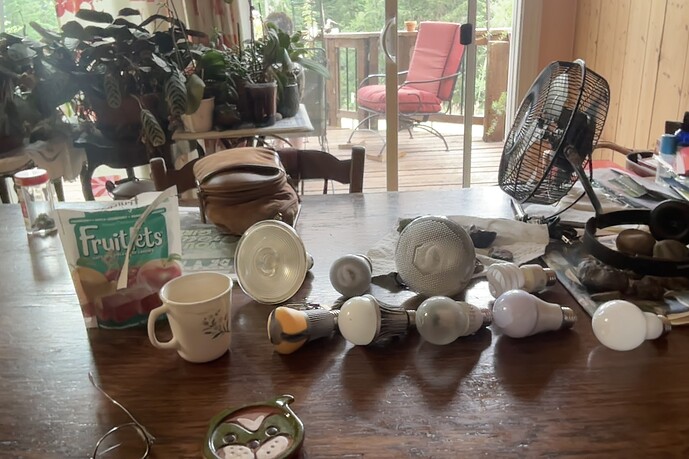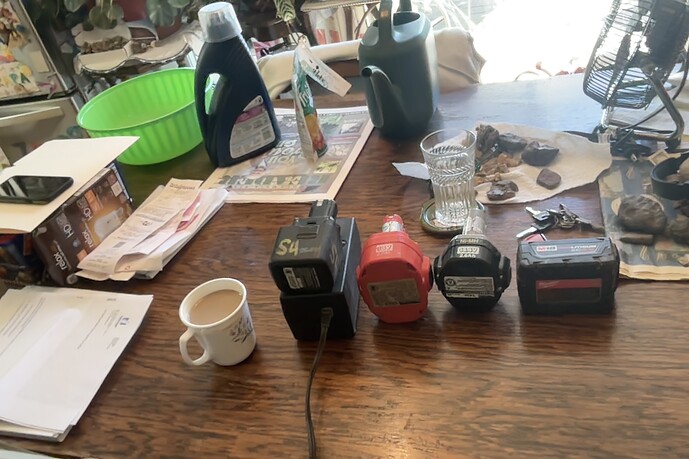Here I will give you two true stories of new Tech evolution working to supplant an existing already decades developed capability:
Tungsten element incandesent light bulbs was a well know, well developed capability. If you wanted the cheapest, you bought the cheapest. And got what you paid for. If you wanted durability you bought up the for 130vac rated usage and used in our common 115vac.
The compact floroesents then became the newest, latest, greatest thing. They were “sold” to us as the wonder replacement bulbs. Useing far less energy and lasting 3X to 7X the service life. Therefore justifying their much higher purchase cost.
Problem. The 1st generation U-shaped tubes ones did not last. O.K. then; buy now the newer spiral tube ones. Better; but still in most cases not lasting their claimed ratings. Why? The heat in these was primarily generated in the illumination tube. Mounted up side down with any type of diffuser and they’d cook themselves to death. O.K. 3rd generation then came with better, clearer instructions as to mounting. And improved; with near instant turning on. No more hesitant step, entering a dark room waiting for light.
Then of course they were declared Bad, Bad for their mercury needed. True.
Or was that just to make market space for the newest darling screw in LED “bulbs”?
Front row has distinctly four generations of development A-19 LED developments.
That left hand one was my original expensive $20+ USD bought in 2008. The light output is actually a white-yellow. Rated to last for 15,000 hours. I used it for 30,000+ hours. It still works. But dim, dim now.
Next from the left is a 2nd generation $12 USD bulb. I used a bunch of them. Some failures before 15,000 hours. Those able to be mounted in any type of enclosure. The heat on these is made in the base electronics portion. They knew this. Why the 1st and 2nd generation had heavy metal fluted bases.
Two over are 3rd generation. Fake plastic heat fins on the one. The other with actually a heavy high quality ceramic smooth base The real differences were life, and costs. You got what you payed for.
The last at the right is the current standard to buy. I hate to call it 4th generation. All glass globe enclosed; light weight, and you’d swear was an incandescent by size, shape and weight.
Now rated down at 1/2; 7500 hours service life. I am only getting at most 3-4 months out of these. They start to annoying flicker. Or just die. A very poor, poor value. Now forced onto us here by law.
The second photo:
The rechargeable hand-held batteries, REAL; I bought, owned and used since 1995.
Nickel-Cadium → then Nickel-Metal Hydride → now Lithium-Ion.
Bad mouth Ni-Cad’s all you want; but they worked, and worked well for me. Had an inherent, state of charge memory effect. Best to always use down, before recharging. And DO NOT leave on the charger. Ni-MH worked as well but more operating TIME for the same weight. And no memory effect. Could at any time be topped up recharged.
The Lithium Ion? Even better energy density. But super picky too Hot; or too cold. And Christ-expensive.
Ha! Ha! I had thought to tell the story of lead-acids and when and where they went wrong. (1970’s gone low antimony; then using calcium as the lead stiffener)
Another day.
So higher voltage, big bank LiFePO folks . . . . yours will be the same story too.
Count on it. Count $$$ and $$$$.
Steve Unruh

